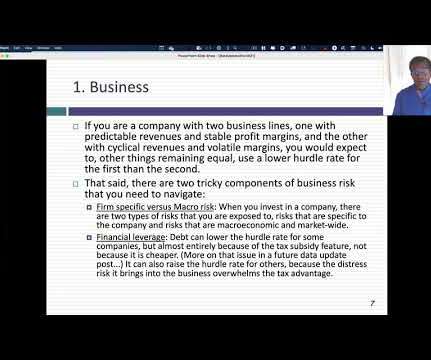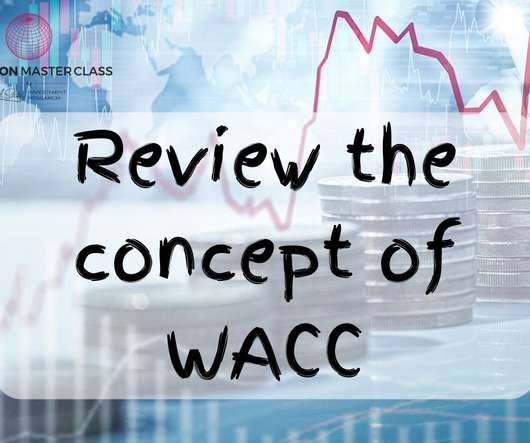What is the Capital Asset Pricing Model (CAPM)?
Andrew Stolz
AUGUST 5, 2020
It helps an investor understand what to expect to earn in relation to the risk-free rate and the market return. CAPM assumes that the minimum a rational investor would earn is the risk-free rate by buying the risk-free asset. What Impacts the Capital Asset Pricing Model? E(r) = Rf + ??(Rm














Let's personalize your content